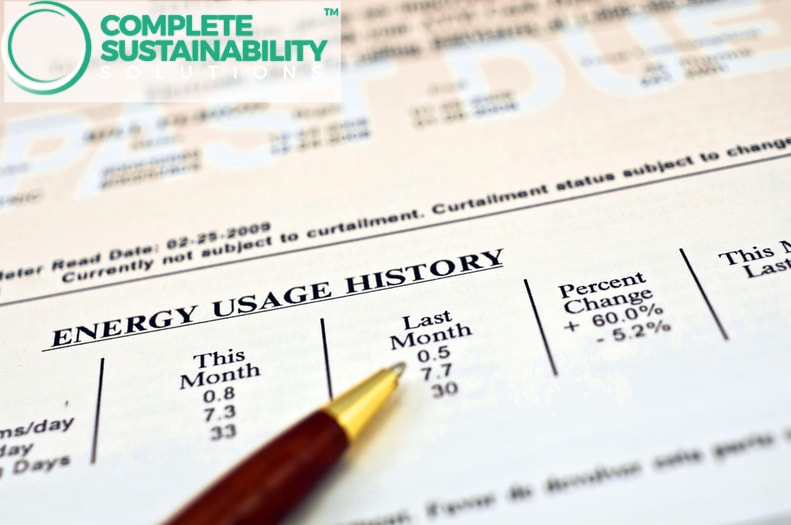Energy Statements / Feasibility Reports For Planning Applications
The aim of an energy statement is to show that the design of a construction puts into consideration mitigation measures for climate change. It is achieved after an energy assessment.
 Energy statements are now common throughout the UK. You may be required to submit one along with plans for a new commercial or residential development. It should be able to clarify how a development will meet specific local energy efficiency targets. The aim of an energy statement is to show that the design of a construction puts into consideration mitigation measures for climate change. It is achieved after an energy assessment. The aim is to reduce carbon emissions and to meet zero carbon standards. People get energy statements to help them meet their energy goals.
Energy statements are now common throughout the UK. You may be required to submit one along with plans for a new commercial or residential development. It should be able to clarify how a development will meet specific local energy efficiency targets. The aim of an energy statement is to show that the design of a construction puts into consideration mitigation measures for climate change. It is achieved after an energy assessment. The aim is to reduce carbon emissions and to meet zero carbon standards. People get energy statements to help them meet their energy goals.
Feasibility reports, on the other hand, are arrived at after energy feasibility studies. They are conducted in schools, community buildings, offices and other areas to promote energy efficiency and use of renewable energy. They take into consideration; solar thermal, wind turbines, air-source heating and cooling, combined heat and power, biomass boilers and stoves, solar photovoltaic panels, hydro and combined cooling, heat and power.
A good energy statement should be comprehensive and able to meet the set demands for building regulations and any local planning authority. It is, therefore, advisable to seek the help of a professional to come up with one.
What Does An Energy Statement Include?
- How energy efficient the building fabric is.
- Feasibility of the community heating.
- What effect each of the proposed renewable energy technology has.
- The estimated energy demand of the development every year.
- The baseline estimate of development’s carbon emissions every year.
- The advantages of the different low energy technologies used.
- The full estimated reduction in the development’s energy demand and carbon emissions.
- The cost of renewable technologies.
What An Energy Statement Should Be Used For
The purpose of an energy statement is to demonstrate that a building’s design takes climate change mitigation measures into account. It is achieved after an energy evaluation. The objective is to limit carbon emissions and achieve zero-carbon requirements. People obtain energy statements for the express purpose of assisting them in achieving their energy objectives.
In the UK, energy statements are required for all new buildings from July 2019. They will be necessary if a building is being opened or has been newly built after this date. In certain cases, converting existing properties into another may also require an Energy Statement to support your planning application.
When preparing an Energy Statement for a commercial development it is important to first identify the energy objectives of your project. These may include:
– Meeting carbon reduction targets
– Compatibility with an existing scheme or neighbourhood
– Maximising operational efficiency and minimising running costs for building owners.
An Energy Statement is best prepared by a qualified Chartered Engineer who has experience in preparing these assessments on commercial projects where energy is the main consideration.
An energy statement should be part of the Environmental Statement but can also stand alone as a separate document if requested by either your Local Planning Authority or an Energy Assessor appointed for this purpose under the NHER system.
Once you have identified and included all energy objectives it s important to analyse current energy use on-site and consider energy reduction measures, this should be followed by a full energy statement.
A simple energy assessment can often follow the same format as outlined above and is an effective way of ensuring that energy efficiency has been considered during the design or refurbishment phases of any project. This could form part of a pre-application process but it does not have to be if energy efficiency is not a key design consideration.
A full energy statement or energy assessment should be carried out on any new development, refurbishment of an existing building and where there are energy-efficient measures already installed in place that need to be taken into account during the project. In these cases, it would likely form part of your pre application process with your Local Planning Authority.
If you would like to know more about energy statements and feasibility reports, please contact our sustaainability consultants on 0161 706 0298 or email office@completesustainability.co.uk with any queries. Alternatively, fill in the form below and we will get back in touch.
